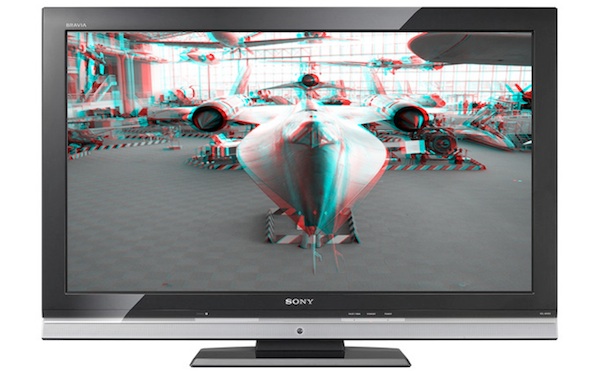
新兴的3-D行业的坏消息:只有2%的英国消费者想购买3D电视new survey. Could a “touchable” 3-D user interface help the technology’s appeal?
Of 4,200 British consumers interviewed for a Deloitte study, only 89 said they were thinking of spending on a 3-D HDTV set in the next year. Even splitting out the older age groups (who may be less enthused about the next new big thing) and concentrating on the 25- to 34-years olds, this figure only rises to 5%.
This is slightly surprising if all you’re considering is the rush by seemingly every manufacturer to push out 3-D capable TV sets. But remember: The HDTV “revolution” is still new, with the price of reasonably sized LCD TVs only falling to a level that would tempt the average consumer over the last year or two. If you’re not in a higher income bracket, and you’ve only just bought your new TV in the last several years, you’re not going to be interested in replacing it so soon. Even if you’re in a medium-upper income bracket, you’re likely to have plopped down a big chunk of cash for a bigger, better, faster HDTV and may well be reluctant to ditch that investment just to latch on to the next big phenomenon.
And this raises an interesting question–even while TV makers are scrambling to produce 3-D TVs, this phenomenon is not going to peak in terms of user experience for several years. By then it’ll likely be an added bonus to a TV set, rather than a big buyer-draw all by itself. The fact you need glasses to see the effect on most TVs may well be playing into this effect, though there are moves byToshiba–and just now in the news,Sony–to produce glasses-free units.
Meanwhile,Japanese researchershave tried to add some extra sparkle to the whole notion of 3-D TV by inventing an interface, which they say is the world’s first, that lets users manipulate images on-screen almost as if they were touching them. Scientists at the National Institute of Advanced Industrial Science and Technology contend that the interface, which works using cameras something like Microsoft’s Kinect system, gives you a sensation of actually feeling the objects you’re manipulating. And this makes us wonder if this sort of tech, in next-gen gaming consoles hooked up to 3-D TVs, may be one of the drivers that actually gets the TVs into consumers’ homes.
To keep up with this news, follow me,Kit Eaton, on Twitter.